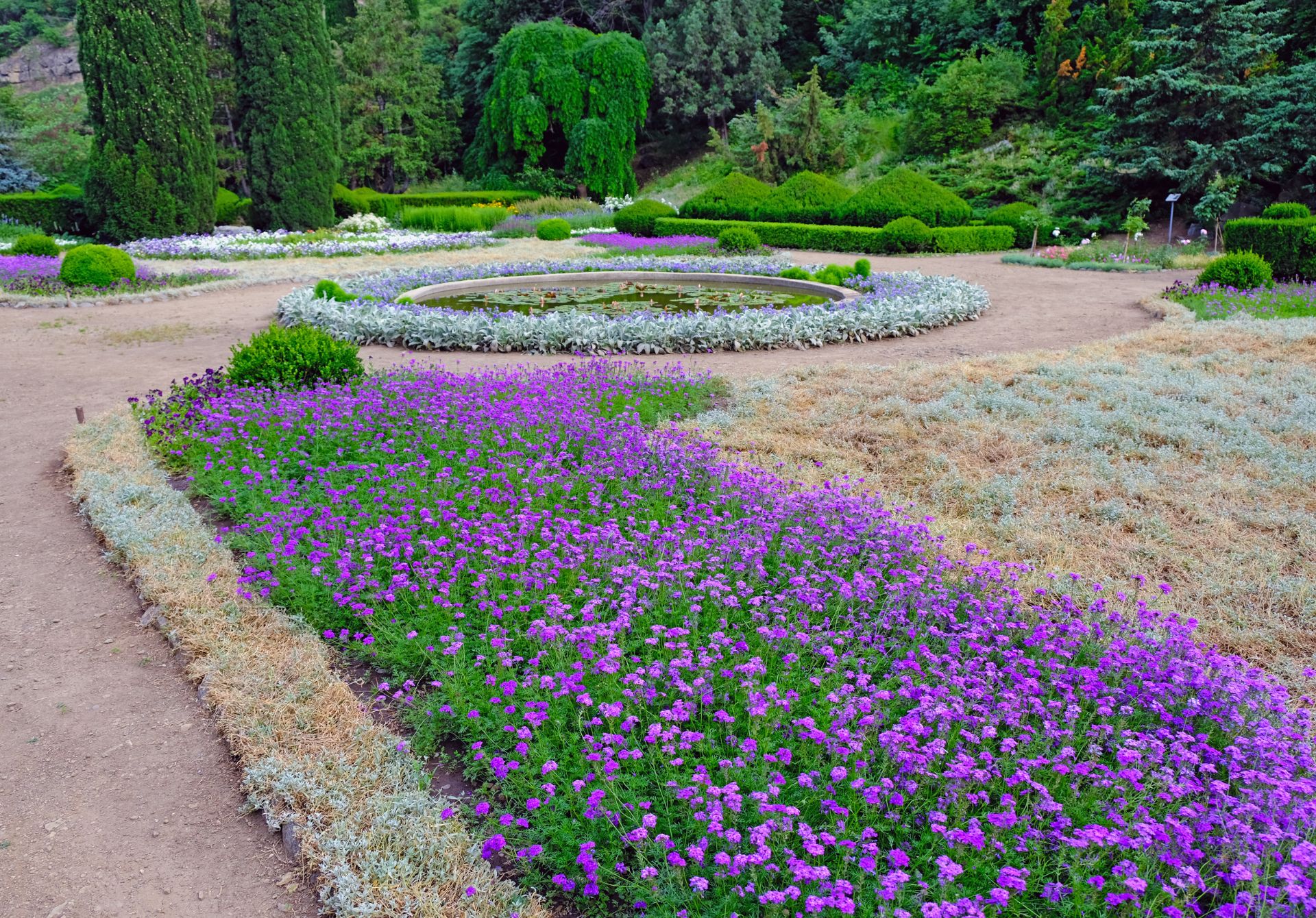The Tbilisi Botanical Garden, located in the historic city of Tbilisi, Georgia, offers a serene retreat from the hustle and bustle of urban life. Nestled within the scenic landscapes at the foot of Narikala Fortress, this lush green oasis boasts a rich collection of plant species, captivating waterfalls, and tranquil walking paths. Founded over three centuries ago, the garden has become one of Tbilisi’s most treasured attractions, offering visitors a peaceful environment to reconnect with nature.
The History of Tbilisi Botanical Garden
The Tbilisi Botanical Garden, officially known as the National Botanical Garden of Georgia, has a long and storied history. Initially established in 1625, the garden was intended as a royal garden for the monarchs of Georgia. Over the years, it evolved into a public space for botanical research and recreation. The garden gained national status in the 19th century under Russian rule, when significant efforts were made to expand its plant collection and scientific research.
Today, the garden spans over 161 hectares and is home to more than 4,500 species of plants from across the globe. The diverse flora and carefully maintained landscapes make it a living museum of biodiversity and a significant center for conservation efforts in Georgia.
A Rich Collection of Plant Species
The botanical garden’s primary attraction is its extensive collection of plants from different ecological zones. Visitors can explore exotic plants from Asia, the Mediterranean, and the Caucasus regions, all thriving in the garden’s carefully curated environments. Each section of the garden represents a specific ecosystem, from arid desert zones to lush temperate forests. These sections provide an educational experience for botany enthusiasts and casual visitors alike.
One of the highlights of the garden is its collection of native Georgian plant species, many of which are rare and endemic to the region. The garden plays a crucial role in the conservation of these species, protecting them from the threats of urbanization and climate change. Some notable plants in the garden include ancient oaks, maples, and various species of roses that bloom vibrantly in spring.
Waterfalls and Scenic Walking Trails
Aside from its botanical diversity, the Tbilisi Botanical Garden is famous for its natural beauty, particularly the picturesque waterfalls that cascade through the park. The largest of these waterfalls is a popular spot for visitors, offering a peaceful backdrop for photography and relaxation. The sound of flowing water adds to the garden’s tranquil atmosphere, making it a perfect place to escape the noise of the city.
The garden also features numerous walking trails that wind through different landscapes, providing visitors with opportunities to explore hidden corners of the park. These trails vary in difficulty, with some paths suitable for a leisurely stroll and others offering more challenging hikes through the rugged terrain. Along the way, visitors can encounter charming bridges, scenic viewpoints, and rest areas where they can enjoy the natural beauty of the garden.
Conservation and Research Efforts
The Tbilisi Botanical Garden is not just a recreational space; it is also a center for botanical research and conservation. The garden collaborates with international organizations and botanical gardens worldwide to exchange knowledge and species for conservation purposes. These efforts have contributed to the preservation of endangered plants and the promotion of sustainable horticultural practices.
Through various educational programs, the garden also raises awareness about the importance of biodiversity and environmental protection. Guided tours, workshops, and exhibitions are regularly organized to engage the public in these conservation efforts and to foster a greater appreciation for the natural world.
Visitor Information and Tips
The Tbilisi Botanical Garden is open year-round, providing a beautiful destination for visitors in any season. Spring and autumn are particularly popular times to visit, as the garden bursts into color with blooming flowers and vibrant foliage. The garden is conveniently located near Tbilisi’s Old Town, making it easily accessible by foot or public transport.
For those planning a visit, it’s recommended to allocate at least a few hours to fully explore the garden’s expansive grounds. Comfortable footwear is a must, especially for those who wish to hike some of the garden’s more challenging trails. Additionally, visitors should bring a camera to capture the stunning landscapes and plant life.
The Tbilisi Botanical Garden offers a perfect blend of natural beauty, rich history, and educational value. Whether you’re a botany enthusiast, a nature lover, or someone seeking a peaceful retreat in the heart of the city, the garden provides an unforgettable experience. With its diverse plant collection, scenic trails, and commitment to conservation, the Tbilisi Botanical Garden remains one of Georgia’s most cherished cultural and natural landmarks. A visit to Tbilisi is incomplete without a stroll through this green paradise, where centuries of history and nature harmoniously coexist.

